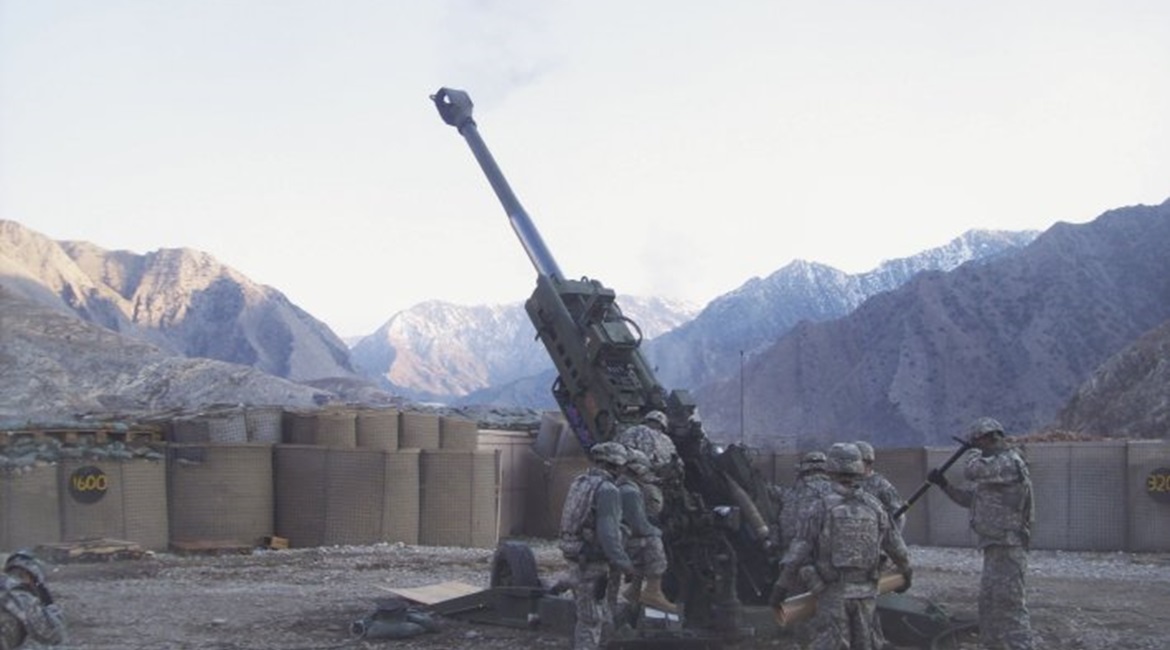
The Indian Ministry of Defence (MoD) has recently issued an official version of its updated defence offset guidelines.
Following the issuance of a proposed draft version of the guidelines in March, the offset policy is now formalised and available to download from the website of the MoD’s Defence Offset Management Wing (DOMW).
The MoD has not publicised the official implementation of the guidelines since releasing the initial draft form earlier this year.

India’s new defence offset policy looks to encourage greater foreign investment in the country’s defence industry. Offset programmes currently under way in India include the local production of BAE Systems’ M777 lightweight howitzers (pictured). (BAE Systems)
However, Janes analysis suggests that the new policy places more emphasis than previous versions on defence product development and manufacturing activity as opposed to engagement in adjacent sectors. It also provides higher incentives for foreign contractors to invest in developing India’s defence industry.
These themes reflect a growing commitment in New Delhi to enhance self-reliance. This obligation has intensified in recent months through the weaknesses in Indian defence-production supply chains that have been exposed by the Covid-19 crisis.
Offset methods
Key new features in the 2020 offset guidelines include the discontinuation of offset banking provisions and the removal of civilian aerospace and homeland security as sectors in which defence offsets can be discharged. Obligations are now fully focused on “eligible products” in the defence sector.
The routes through which offsets can be discharged by original equipment manufacturers (OEMs) have also been narrowed to five, compared with six in the policy it replaces. The new policy removes the ability to discharge offset through the “investment in kind in Indian enterprises in terms of the provision of equipment”.
Looking to read the full article?
Gain unlimited access to Janes news and more...




